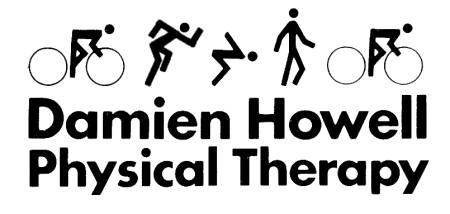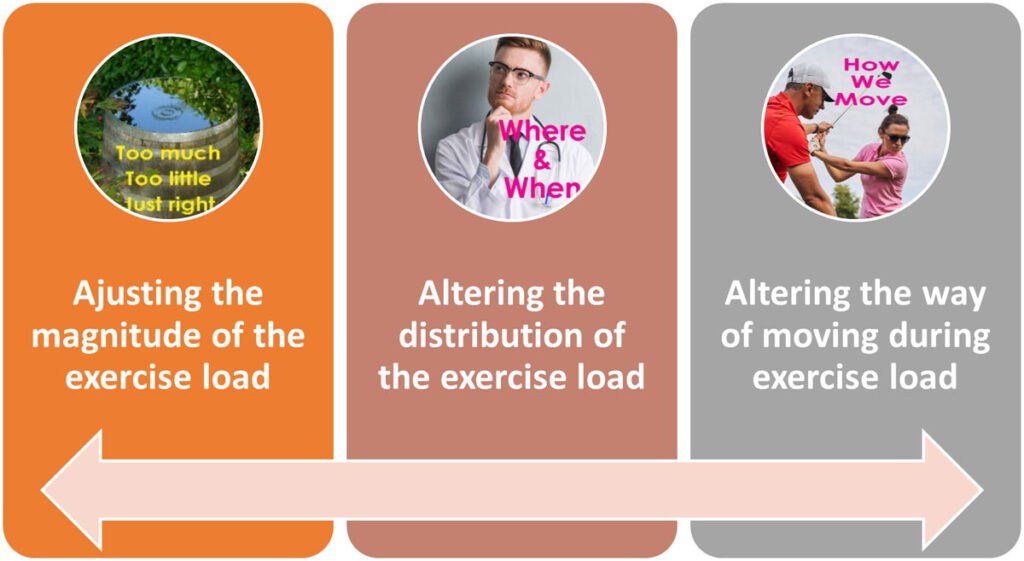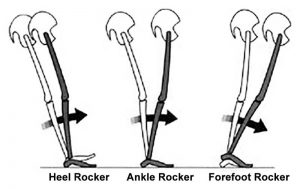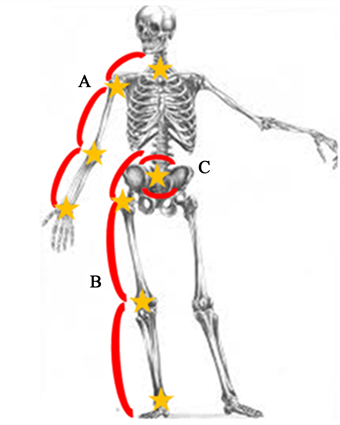Posts Tagged ‘Foot Pain’
Balancing joint capacity and exercise load using synergistic muscle action
A key concept in managing and preventing hip pain is understanding the balance between the capacity of the joint to handle load and using exercise training load to increase the capacity of the joint. To modify movement, one can “load” it by adding external resistance. Or “unload” it by decreasing or eliminating external resistance. Or…
Read MoreAdjusting the exercise load to manage musculoskeletal pain syndrome
Adjusting the amount of exercise load involves seeking a balance between increasing or decreasing the load. Athletes and healthy individuals the bias is towards increasing the load to improve capacity and performance. For musculoskeletal injuries, post-orthopedic surgery, or musculoskeletal pain syndromes, the bias is towards decreasing the load to facilitate healing and recovery. Tactics to…
Read MoreGait deviations clustering gait deviations – injury – new data
In a previous blog article, I discussed the question “Is there a gait deviation or cluster of gait deviations which is common across musculoskeletal pain syndromes?” The consensus is currently there is no definitive evidence suggesting one gait deviation or cluster of gait deviations occurs more frequently or is more important than another. More research…
Read More“Deme Bones” – Regional interdependence
The common reframe from the old spiritual song “dem bones” is the “toe bone is connected to foot bone”. In the medical community this concept of mechanical connectiveness is referred to as “regional interdependence”. Regional interdependence is seemingly unrelated impairments in remote anatomical regions of the body may contribute to and be associated with a…
Read More



